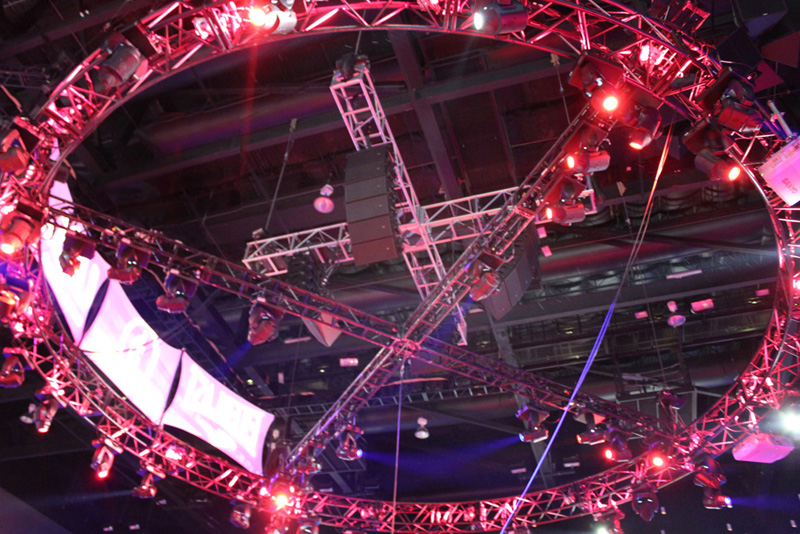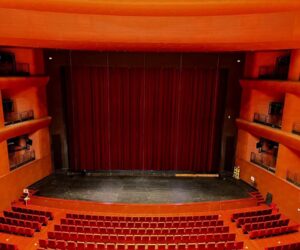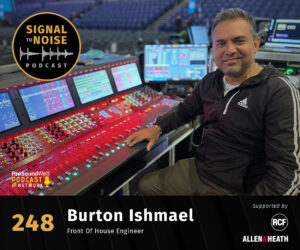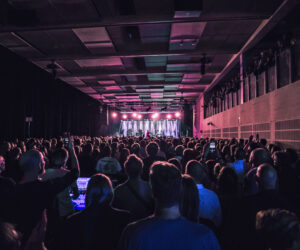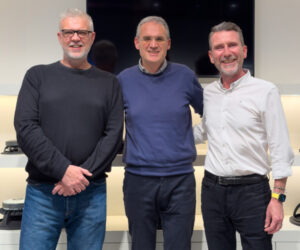Bellator Fighting Championships is a mixed martial arts (MMA) promotion that regularly presents tournaments at large-scale venues in several cities across the U.S.
In addition to being televised on Fox Sports Network, each event draws several thousand attendees, with sound reinforcement being a key production element at every tour stop.
Beachsound of Miami, headed by Andre Serafini, has provided Bellator (Latin for “warrior”) with tailor made sound designs and support since its inception, refining the audio approach each time out.
Serafini founded Beachsound more than 15 years ago, and serving as president, has guided the company’s growth in regional and touring sound markets, in addition to also expanding into lighting and video services.
“Our first season with Bellator really worked out well so we were retained, and along the way, we’ve taken an approach of continuous improvement in meeting their expectations,” Serafini explains.
“The issue of sound quality is paramount, of course, but there are other important considerations, such as the scalability of the system and the ease with which it can be implemented, that we’ve also refined.”
Bellator events are usually hosted at large indoor venues with capacities ranging from 2,500 to 6,500, with audience seating surrounding the octagon, which is a fenced eight-sided platform that hosts the MMA matches.

Program sources include music playback from tracks, video rolls from the broadcast truck, and voice reinforcement for announcers and interviews via wireless microphone systems.
Occasionally, the tour visits a theatre or outdoor venue, further emphasizing a need for a flexible, adaptable audio approach.
The system travels with the rest of the tour’s production elements, where truck space is at a premium, so the smaller the footprint, the better.
This year, the most significant upgrade is a change to 24 D.A.S. Audio Aero 12A compact self-powered line array modules, which serve as the main loudspeakers, along with four D.A.S. LX-218 dual-18 bass reflex self-powered subwoofers.
These join a Yamaha LS9-16 digital console and Dolby Lake digital processors as the key system elements.
Each 2-way Aero 12A module is outfitted with onboard processing incorporating digital FIR filtering as well as a 2-channel Class D amplifier supplying 500 watts for the single-12 and 100 watts for the 1.5-inch-exit neodymium compression driver.
Nominal horizontal dispersion is 90 degrees, with the captive rigging system on each box offering splay angles ranging from 0 to 10 degrees, adjustable in half-degree increments from 0 to 3 degrees, and 1-degree increments from 3 to 10 degrees, allowing a wide range of column curvatures.
“The coverage capabilities and overall full-range performance of the Aero 12A line arrays has produced a significant upgrade,” Serafini states.
“They may have a 12-inch woofer, but they’re really efficient and are solid down to the lower octaves, particularly for a box of such a compact scale.”
As a result, overall low-frequency performance of the system has been enhanced, solid down to about 60 Hz. In previous iterations of the system, subs were flown with the mains and also saw much heavier usage.




